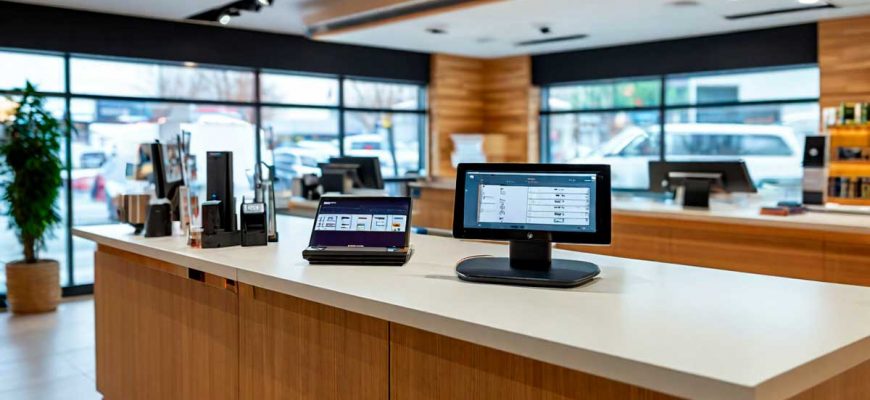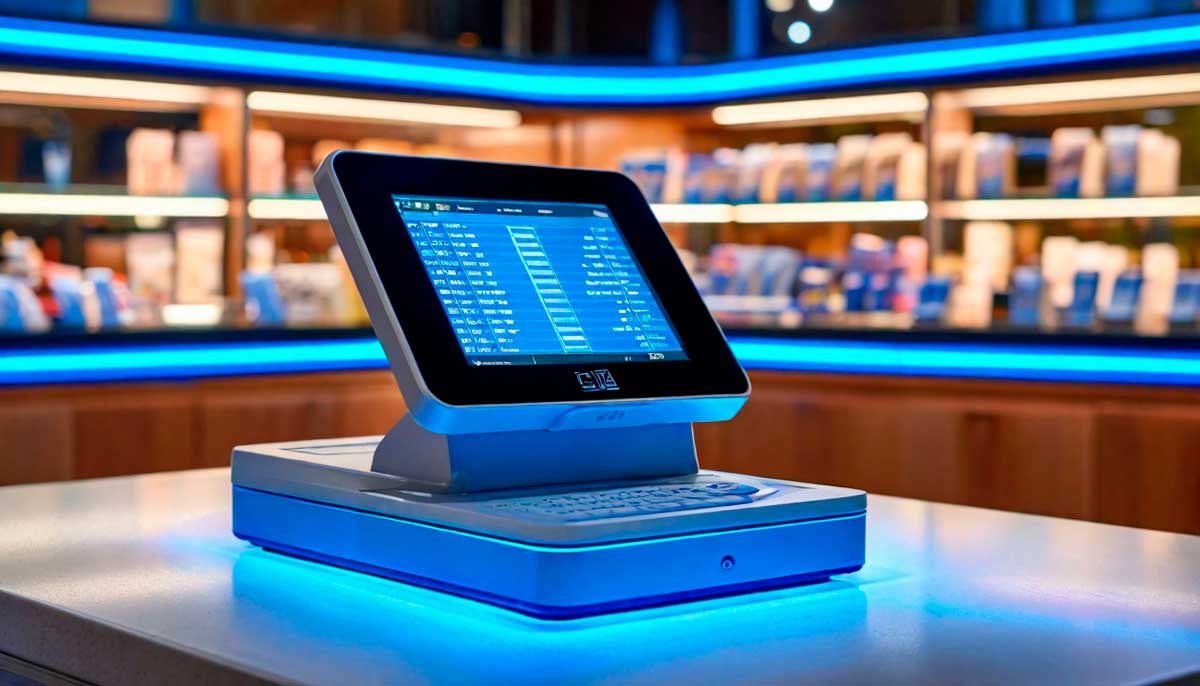In today’s fast-paced retail and hospitality sectors, Point-of-Sale (POS) systems serve as the backbone for processing transactions and managing sales data. However, these systems are prime targets for cybercriminals seeking to steal sensitive customer payment information. A single breach can lead to severe consequences, including financial loss, legal penalties, and reputational damage that may take years to recover from.
As businesses increasingly adopt cloud-connected and integrated POS solutions, the threat landscape expands, necessitating stronger security measures. By prioritizing POS system security, organizations not only protect their assets and data but also build trust with their customers, ensuring long-term success in a competitive marketplace.
Common Risks and Vulnerabilities in POS Systems
POS systems, while indispensable, are not without their vulnerabilities. Cybercriminals often exploit weak points to access sensitive customer and business data, making it crucial for organizations to understand and mitigate these risks.
[su_row][su_column size=”1/3″ center=”no” class=””]
Malware Infections
One of the most common threats is malware specifically designed to steal payment card information. These malicious programs can infiltrate POS terminals through phishing scams, unsecured networks, or outdated software, silently collecting data over time.
[/su_column] [su_column size=”1/3″ center=”no” class=””]
Network Weaknesses
Unsecured or poorly configured networks can expose POS systems to unauthorized access. Cybercriminals may exploit open ports or lack of encryption to intercept sensitive transaction data as it travels between terminals and servers.
[/su_column] [su_column size=”1/3″ center=”no” class=””]
Insider Threats
Employees with unrestricted access to POS systems pose another significant risk. Whether intentional or accidental, insider actions can compromise sensitive information or open the system to external attacks.
[/su_column][/su_row]
Outdated Software and Firmware
Using outdated software versions without the latest security patches creates vulnerabilities that attackers can easily exploit. Legacy systems often lack modern defenses, leaving them especially vulnerable to sophisticated threats.
Understanding these vulnerabilities is the first step to implementing effective defenses and safeguarding your POS system against a breach.
Step 1: Regularly Update Your POS Software
Keeping your POS software updated is one of the most effective ways to defend against cyber threats. Updates often include critical security patches that address vulnerabilities identified by the software provider. Without these updates, your system remains exposed to known exploits that attackers can easily leverage.
Outdated software can also lead to compatibility issues, making your system more prone to malfunctions or errors that compromise security. By regularly updating both the software and firmware of your POS system, you ensure it remains resilient against emerging threats.
Set up automatic updates whenever possible, or establish a routine to manually check for and install updates. Partnering with your POS provider to stay informed about the latest versions and patches further ensures that your system remains secure.
Step 2: Use Secure Network Configurations
A secure network configuration is essential to protecting your POS system from unauthorized access and data breaches. Unsecured networks can act as a gateway for cybercriminals to infiltrate your system, intercepting sensitive transaction data or introducing malware.
To safeguard your POS network, ensure all data transmissions are encrypted using technologies such as VPNs or HTTPS protocols. Encryption adds a critical layer of security, making intercepted data unreadable to attackers.
Additionally, segment your network by isolating POS systems from other devices, such as employee computers or public Wi-Fi. This minimizes the risk of cross-contamination from compromised devices. Implement firewalls to monitor and control incoming and outgoing network traffic, and close unnecessary ports to reduce exposure.
Regularly review your network configurations and conduct vulnerability scans to identify and address potential weaknesses. A robust network security strategy significantly reduces the likelihood of successful cyberattacks targeting your POS system.
Step 3: Implement Employee Access Controls
Controlling employee access to your POS system is a vital step in reducing security risks. Without proper restrictions, sensitive data and system functions may be exposed to unauthorized or careless actions, leading to breaches or data loss.
Assign unique user credentials to each employee and restrict their access based on job responsibilities. For example, cashiers should only have access to transaction processing, while managers may require broader access to inventory and sales reports. This principle of least privilege minimizes the potential damage from internal threats.
Regularly update access permissions, especially when employees change roles or leave the company. Use strong password policies and enforce multi-factor authentication to further secure login processes. Additionally, monitor login activity to identify suspicious behaviors, such as repeated failed login attempts or unusual access times.
By implementing strict access controls, you can ensure that your POS system is only accessible to authorized personnel, reducing the risk of intentional or accidental security compromises.
Step 4: Monitor Transactions for Fraud Detection
Proactively monitoring transactions is key to identifying and mitigating fraudulent activities before they escalate. Sophisticated fraudsters often exploit patterns and behaviors that might go unnoticed without proper surveillance tools.
Implement a real-time fraud detection system to flag unusual transaction patterns, such as high-value purchases, repeated declined transactions, or multiple refunds. These anomalies often indicate potential fraud and require immediate attention.
Regularly review transaction logs for irregularities, and set alerts for specific triggers, like purchases made outside normal business hours or from uncommon locations. Additionally, train staff to recognize red flags during in-person transactions, such as customers using multiple cards or acting suspiciously.
Effective monitoring not only helps prevent fraud but also strengthens customer trust by ensuring secure and transparent business operations.
Step 5: Conduct Regular Security Audits
Regular security audits are essential for identifying vulnerabilities in your POS system before they can be exploited. These audits ensure that all components, including hardware, software, and network configurations, meet current security standards and best practices.
Engage a professional to perform penetration testing, simulating real-world cyberattacks to uncover potential weaknesses. Review your system logs to detect unauthorized access attempts or anomalies that could indicate a breach. Additionally, verify compliance with industry regulations such as PCI DSS, which sets critical security benchmarks for handling payment data.
Conducting audits on a consistent schedule, and after significant system changes, keeps your POS defenses robust. By addressing gaps promptly, you reduce the likelihood of successful attacks and demonstrate a commitment to safeguarding both your business and your customers.
Conclusion: Securing Your POS for Peace of Mind
Protecting your POS system requires a proactive approach that integrates regular updates, secure network configurations, controlled employee access, transaction monitoring, and thorough security audits. Each of these steps plays a critical role in fortifying your system against potential breaches and ensuring the safety of sensitive data.
By committing to these practices, you not only shield your business from financial and reputational risks but also build trust with your customers, showcasing your dedication to their security. In an increasingly digital and interconnected world, staying vigilant and prioritizing POS security will give you peace of mind and a competitive edge.













